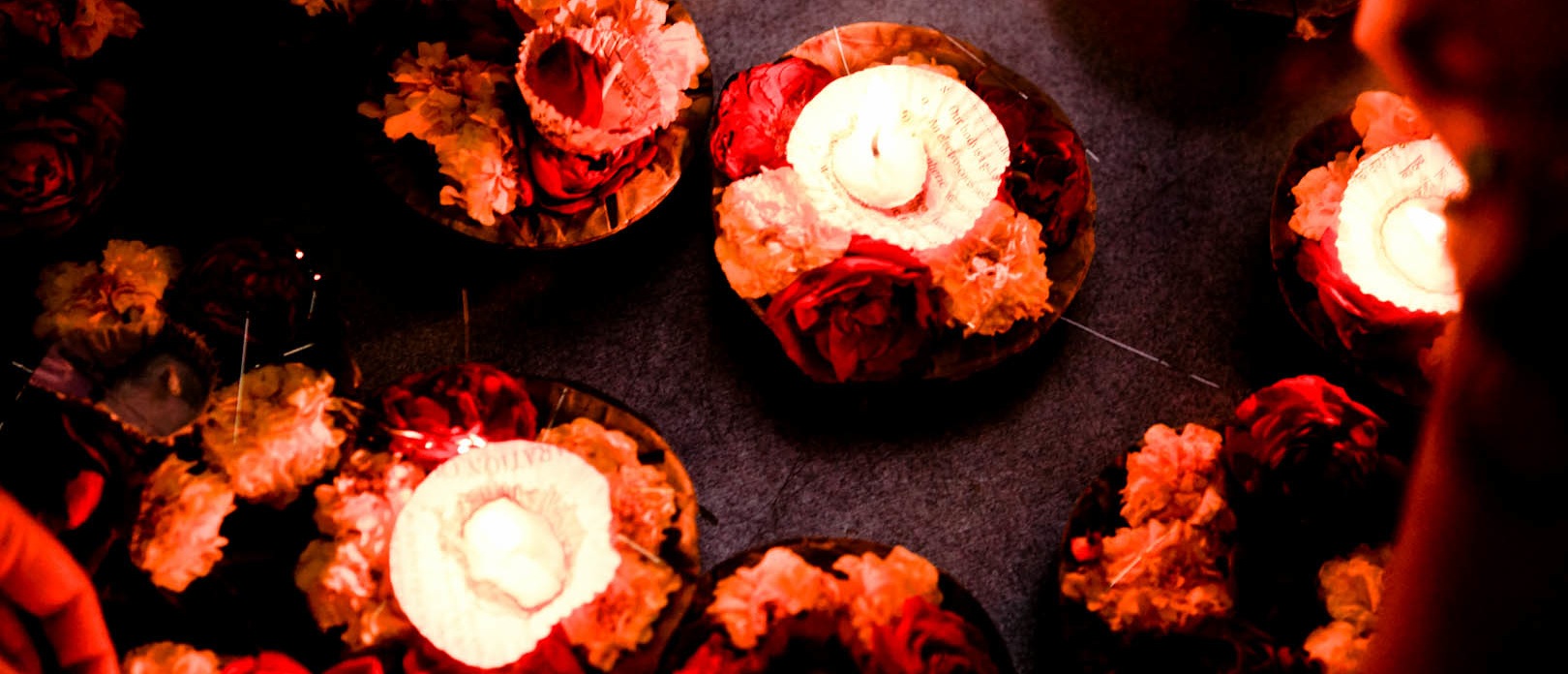Making the connection between getting a driver’s license, MI6 ’00’ status, and averting explosions at open-air cremations.
Earlier this week I passed another milestone in my Indian adventure when I was issued an India driving license, and now I feel a bit like James Bond, with a license to kill.
Daft as that may see,it actually isn’t far from the truth. The driving test involved driving 100 yards in a straight line, reversing ten feet, and that’s it. No Highway Code, no test about the practicalities of driving, no question about what you do at traffic lights, no discussions about giving way at junctions, moving to the right to turn right, etc. etc.
It’s no surprise that chaos reins when no one is given clear instruction on how to drive, it’s a suck-it-and-see state of affairs. What you should really find worrying, though, is that with my 100-meter license I’m entitled to drive in UK as a visitor for up to 12 months. How scary is that?
I went to a cremation on Friday. In India the tradition is that the cremation should take place on the same day of death, before sunset. There are exclusions, of course — for instance, if the circumstances of the death are suspicious — in which case the period between life in India and cremation can be extended. This cremation I attended was for the wife of a work colleague who died after a prolonged illness.
On arriving at the cremation ground you first work your way through many bodies, laid out in a number of altars, waiting for blessings and then cremation. It’s an open cremation, with the body placed on a pyre and doused in oil, after which the priest alights the pyre. There were about six pyres burning at the same time. Whilst I was stood watching the cremation, a family turned up with another body to cremate. You don’t need a death certificate to cremate a body, and indeed where a death certificate is issued, only 30% carry cause of death.
So I’m watching this family prepare this body for cremation and suddenly there’s a stir. A mortician is called for and without any screen or cover he opens the chest and pulls out a pacemaker! Apparently in hospital all metal is removed, however when a family just turn up things can be missed, and if certain things are left in place they can explode dramatically and throw off bits of body in all directions!
Back to the main cremation, there was a problem with the fire and many of the mourners started to argue about who and how the fire had been constructed. We left to return to the office, picking our way through more bodies waiting to be moved into the cremation ground for burning. Unlike the UK, following cremation the ashes are cast into running water, with no grave stone set or urn filled. The memory is retained in a picture hung on a wall at home with the years of birth and death. It is all absolutely final. No grave to visit and to place flowers on, no lasting place of peace where you can sit in the grass and chat to your mum when times are tough.
